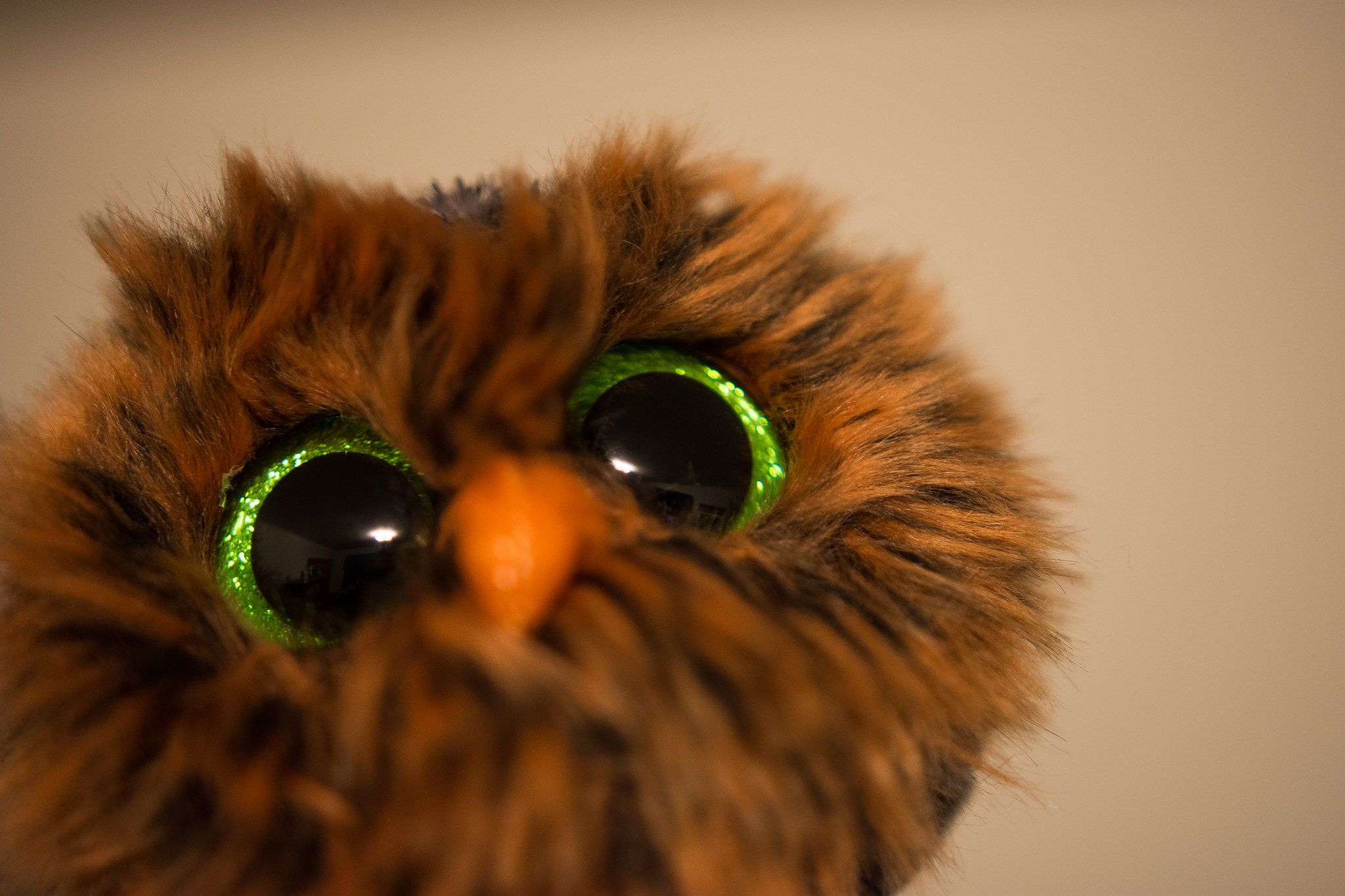You can look at it in a number of ways. The simplistic view is that an f/1.4 is 2/3rds of a stop faster than an f/1.8 lens. In moderate conditions that's like going from ISO100 to ISO160. In low light conditions, again not all that significant in terms of ISO. Certainly that 2/3rds of a stop is advantage to the autofocus system in terms of available light. Other than that, not a huge difference on paper, so you'd probably just lean towards an f/1.8 lens when factoring in the price.
The more complex analysis looks at the actual lenses themselves. How do they perform at maximum aperture? In the Nikon 50mm range alone you have 4 lenses (1.8D/G and 1.4D/G, as well as the non D versions). The same is true of the 85mm AF lenses. Throw in Sigma and Tamron's latest offerings into the mix and things can get real confusing really quickly.
If you require fantastic sharpness wide open, then you'd perhaps look at the Sigma 50mm Art offering. If you do a lot of low light event photography but can't use a tripod, then Tamron's new 45mm f/1.8 VC may be of interest. You own an entry level DSLR and want a sharp portrait lens but don't want to spend the earth, then you'd look at the Nikon 85mm f/1.8G. Sharpness is just one factor. Bokeh is an important consideration for some photographers. Fringing, aberration and distortion may also be of concern.
What are you planning on shooting? What aperture are you likely to be shooting at as a result? Will you be printing your images in a large medium? When you consider most people just share their images on-line, in a compressed format at a hugely reduced resolution compared to the RAW files, often times most of the considerations above really aren't a major concern at all. For example, years ago I'd taken a picture of my nephew. It was a cute shot but the focus had missed where he'd moved at the last moment. By the time I'd finished with it and uploaded it, the eyes looked razor sharp. My dad even commented on the sharpness of the image. I then showed him the RAW file and he was quite surprised.
I guess the point I'm trying to make is that a lot of what is marketed to us as being important, don't really make a difference in the real world for the vast majority of photographers. Don't get me wrong, it's nice having professional gear and when you actually require it, you've got to have it but, unless your job depends upon it, most of the time you aren't going to be able to tell the difference between an image shot with an f/1.4 and an f/1.8 lens. I've licensed an image to a greetings card company that was shot on a Nikon D90 with a 50mm f/1.8D lens. A camera body that gets trounced by the sensors in today's lowest Nikon DSLRs and a lens you can pick up for less than $100.

 20151208-DSC_5501
20151208-DSC_5501
![[No title]](/data/xfmg/thumbnail/32/32717-74f4cee577117aa4476c9eb68fec51c7.jpg?1734162352)



![[No title]](/data/xfmg/thumbnail/37/37629-fa70c9f81cc7da4d6a9b512502f9bf84.jpg?1734170753)






